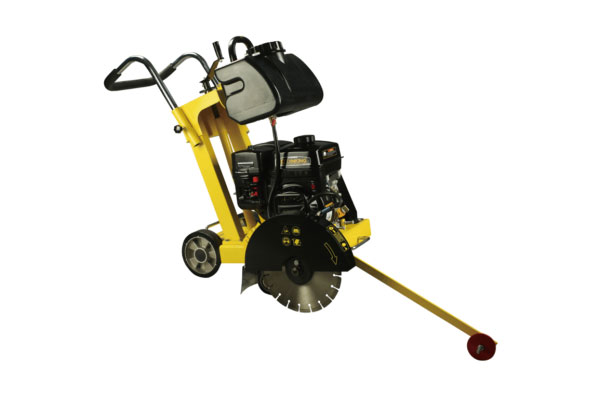What is the Function of Road Cutter?
Road construction is a complex process that requires precision and advanced machinery to ensure optimal results. Among the various heavy-duty equipment employed in construction projects, road cutters play a crucial role.
What is a Road Cutter?
A road cutter, also known as a concrete saw or asphalt cutter, is a powerful construction machine specifically designed for cutting through rigid surfaces such as concrete, asphalt, or other hard materials. It is equipped with a circular blade or diamond saw blade, which rotates at high speeds to create precise cuts. Road cutters are available in various sizes, ranging from handheld models to large self-propelled machines. These versatile tools are commonly used in road construction, demolition projects, and repair work to ensure smooth and accurate cuts in designated areas.

Enhancing Efficiency in Road Construction
The primary function of road cutters is to enhance efficiency during road construction projects. Here’s how they contribute to streamlining the construction process:
- Accurate Cutting: Road cutters provide precise cuts, allowing construction teams to create well-defined paths for utilities, trenches, or expansion joints. This accuracy minimizes the need for rework, saving both time and resources.
- Increased Productivity: Road cutters enable construction crews to work quickly and efficiently, reducing manual labor and boosting overall productivity. The powerful blades effortlessly cut through rigid surfaces, ensuring a smooth workflow and timely project completion.
- Minimized Disruption: By using road cutters, construction teams can minimize disruptions to traffic and nearby structures. The ability to make controlled cuts in roads, sidewalks, or driveways reduces the impact on surrounding areas, allowing for a more seamless construction process.
Safety Advantages of Road Cutters
Road construction can be hazardous, and safety should always be a top priority. Road cutters offer several safety advantages that contribute to a secure working environment:
- Reduced Worker Fatigue: Road cutters reduce the physical strain on construction workers by minimizing the need for manual cutting or breaking of rigid surfaces. This reduction in physical labor decreases the risk of injuries and fatigue-related accidents.
- Dust Suppression: Advanced road cutters feature built-in dust suppression systems, which help control the release of dust particles during cutting operations. This feature improves air quality on construction sites and protects workers from potential respiratory hazards.
- Noise Reduction: Road cutters are designed to minimize noise levels, ensuring a quieter working environment. This feature is particularly beneficial in urban areas or near residential zones, where noise restrictions are in place.
Versatility and Applications
Road cutters are versatile machines that find applications in various construction projects, including:
- Road Construction: Road cutters are essential for creating precise cuts during the construction of highways, bridges, or urban roads. They enable the installation of utilities, such as water pipes or electrical conduits, with accuracy.
- Demolition and Repair Work: In demolition projects, road cutters are employed to cut through concrete or asphalt surfaces, allowing for the safe removal of structures. Additionally, they play a crucial role in repair work, facilitating the removal and replacement of damaged sections of roads or pavements.
Conclusion
Road cutters are indispensable tools in the realm of road construction and repair. They enhance efficiency by providing accurate cuts and increasing productivity while prioritizing worker safety. With their versatility and ability to handle a wide range of materials, road cutters have become a vital asset in the construction industry. By understanding their function and advantages, construction professionals can make informed decisions when choosing the appropriate machinery for their projects, ultimately leading to improved project outcomes and safer construction environments.

